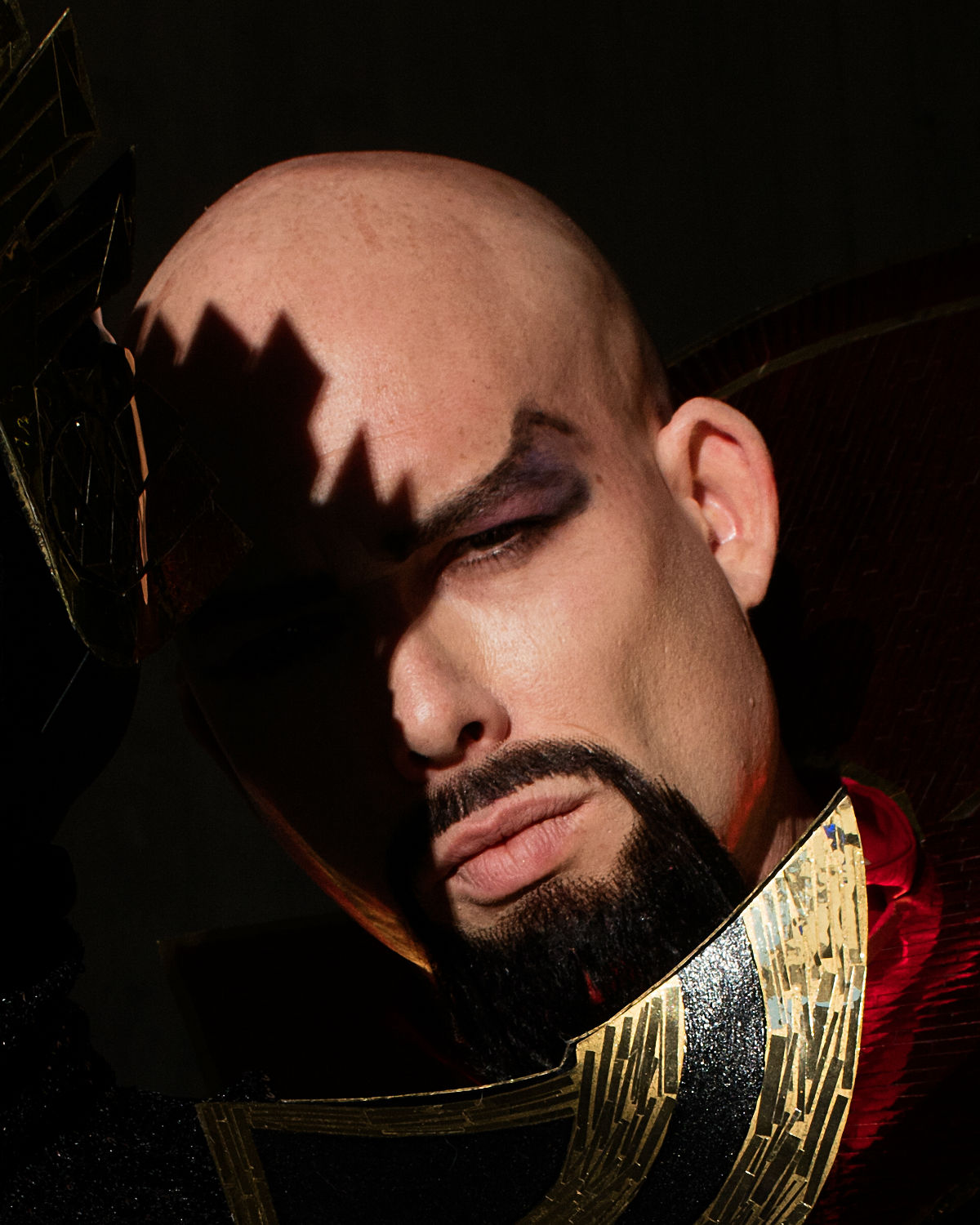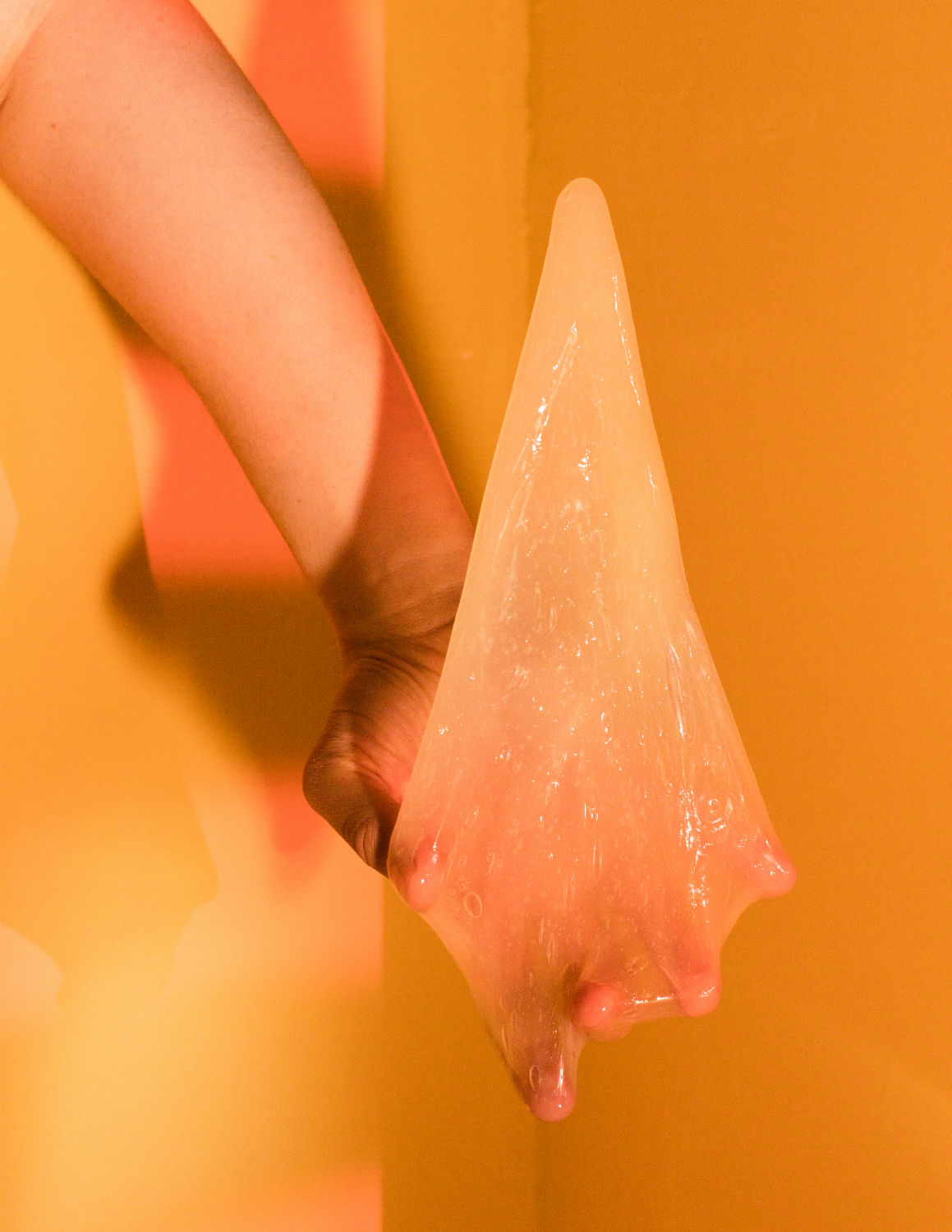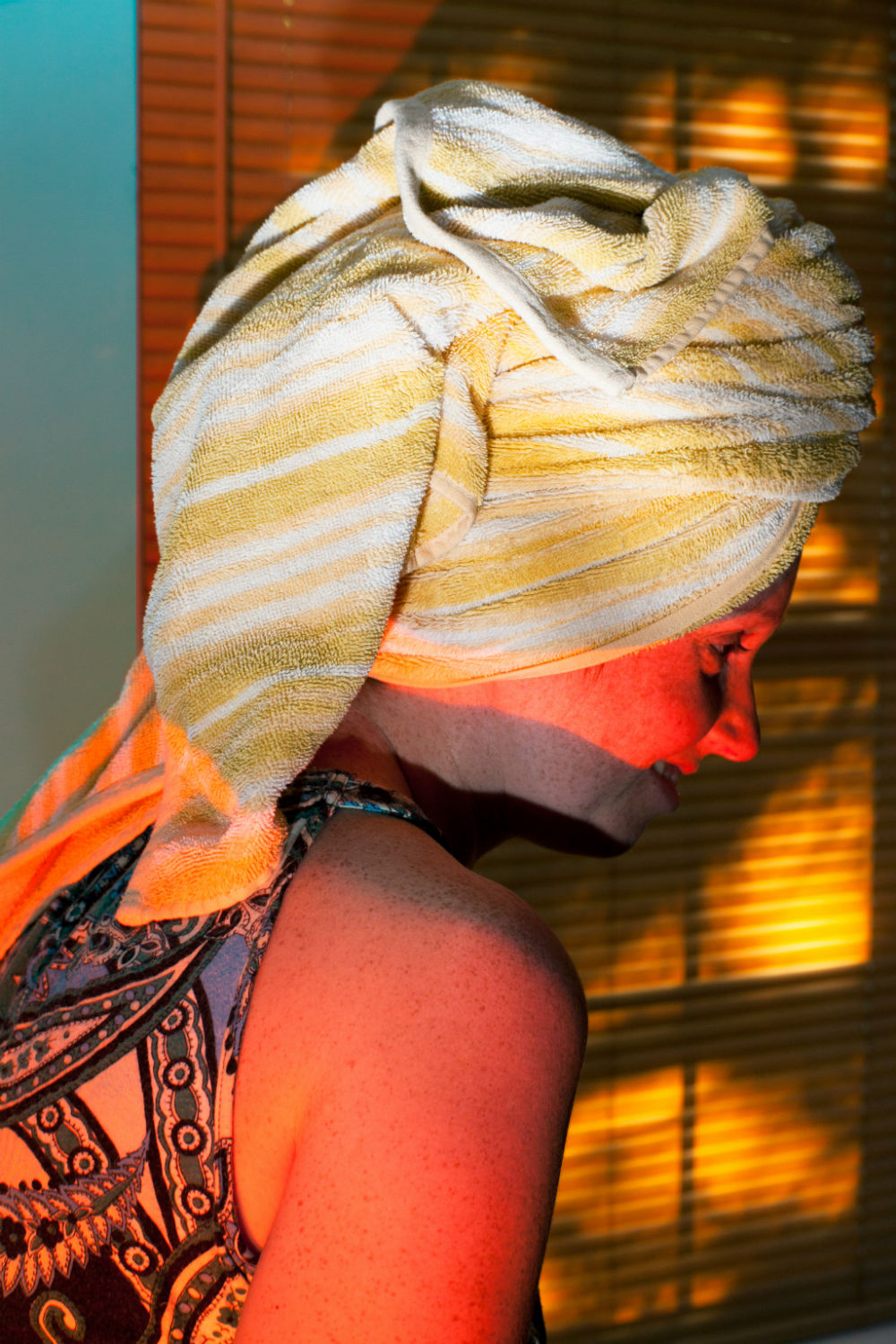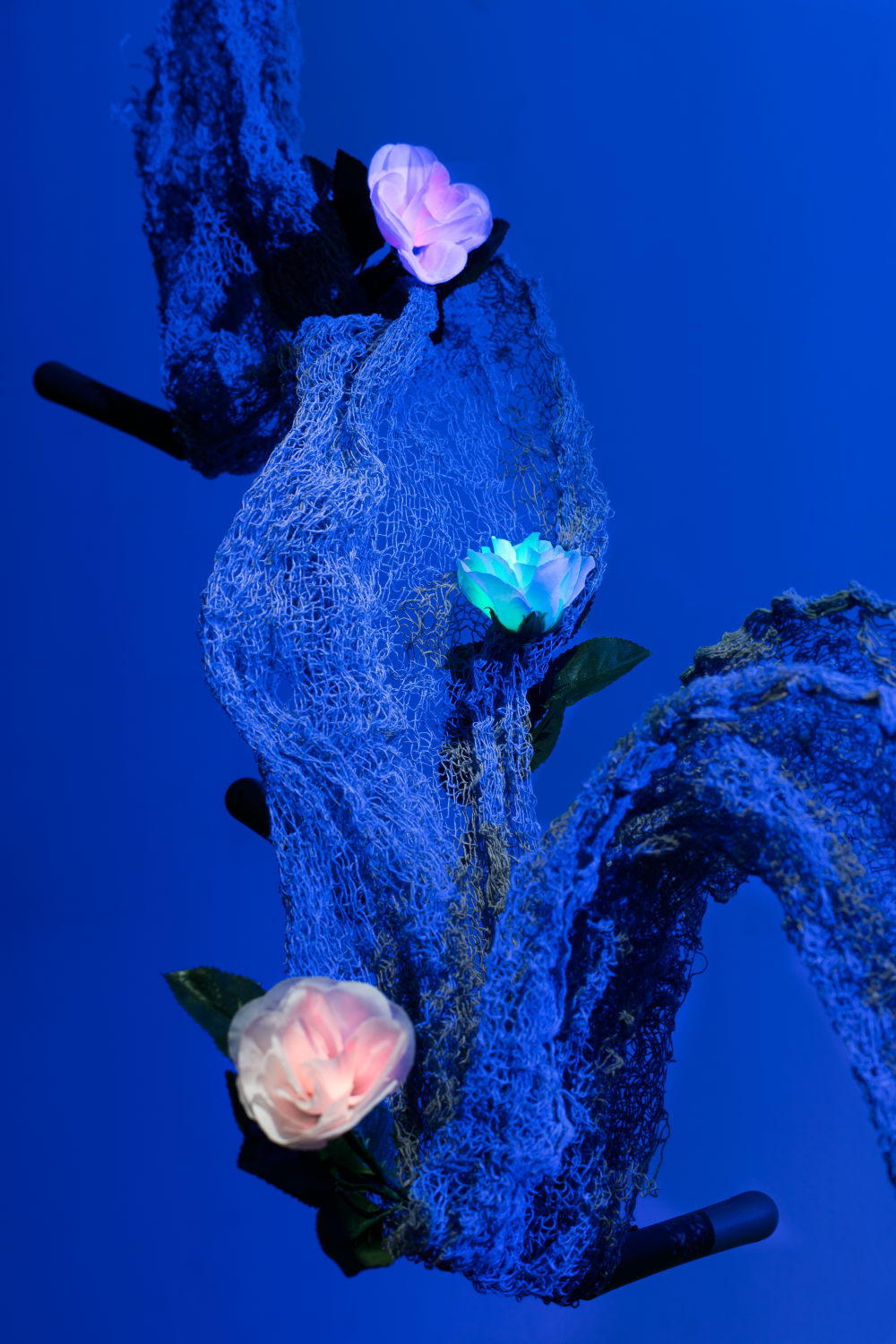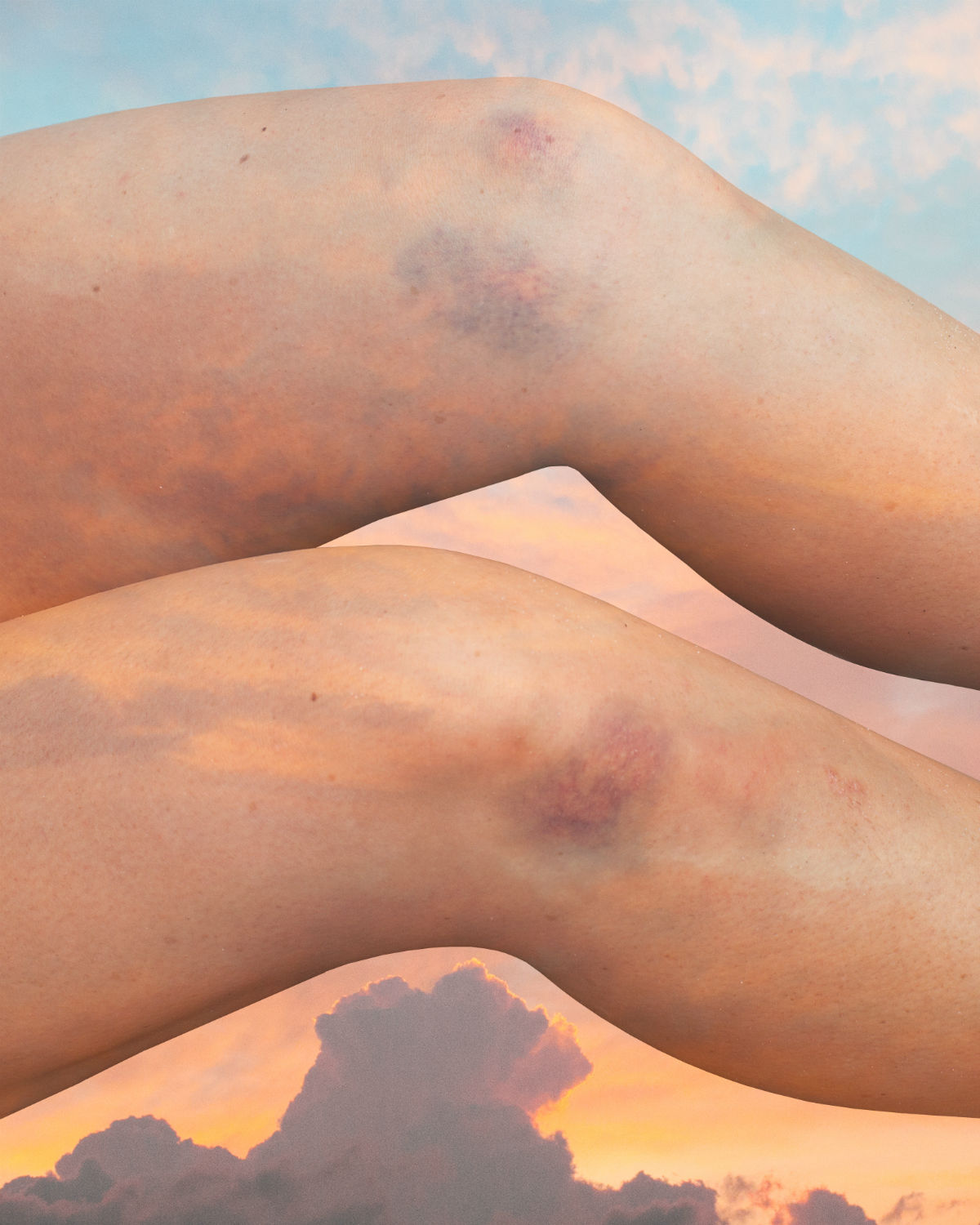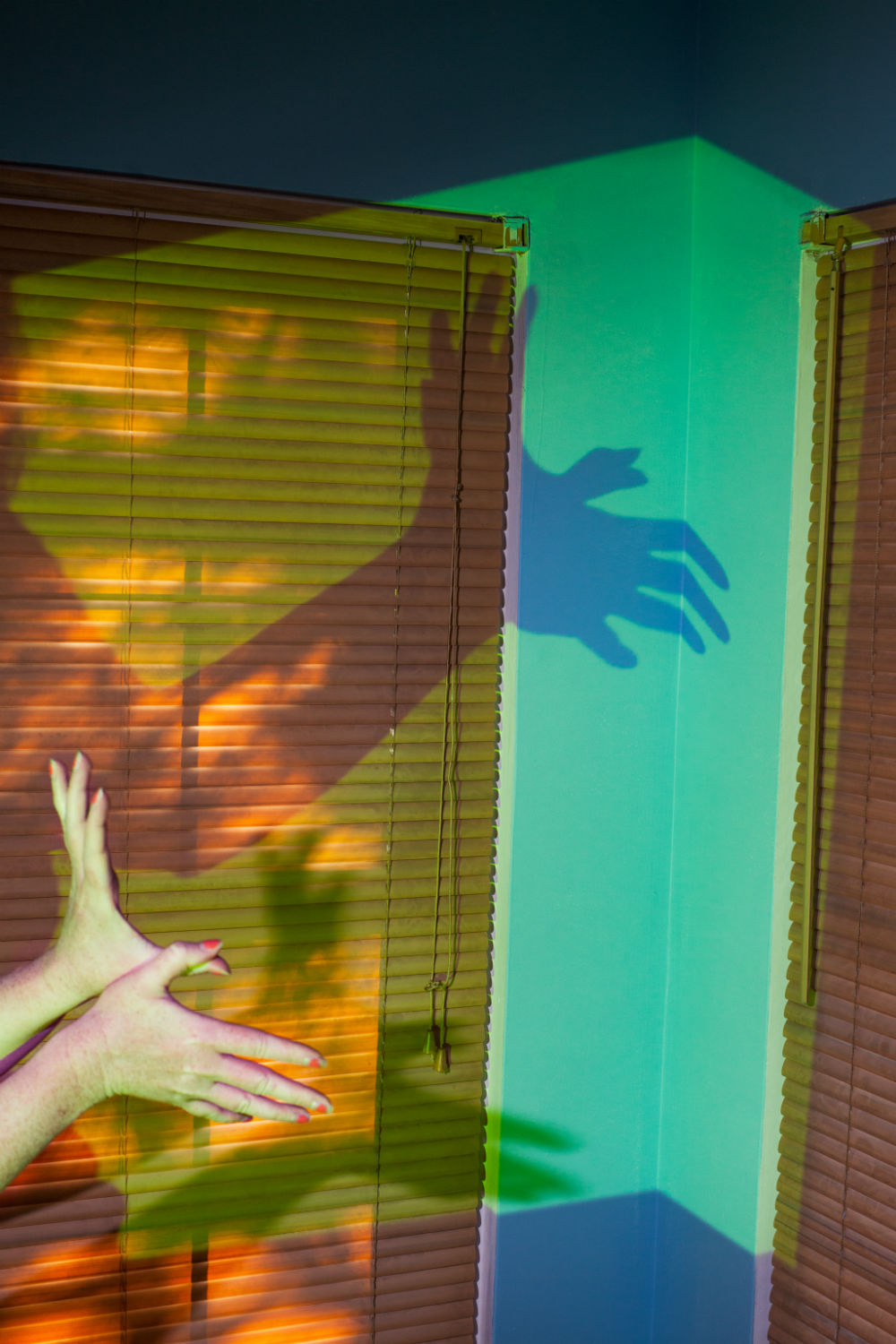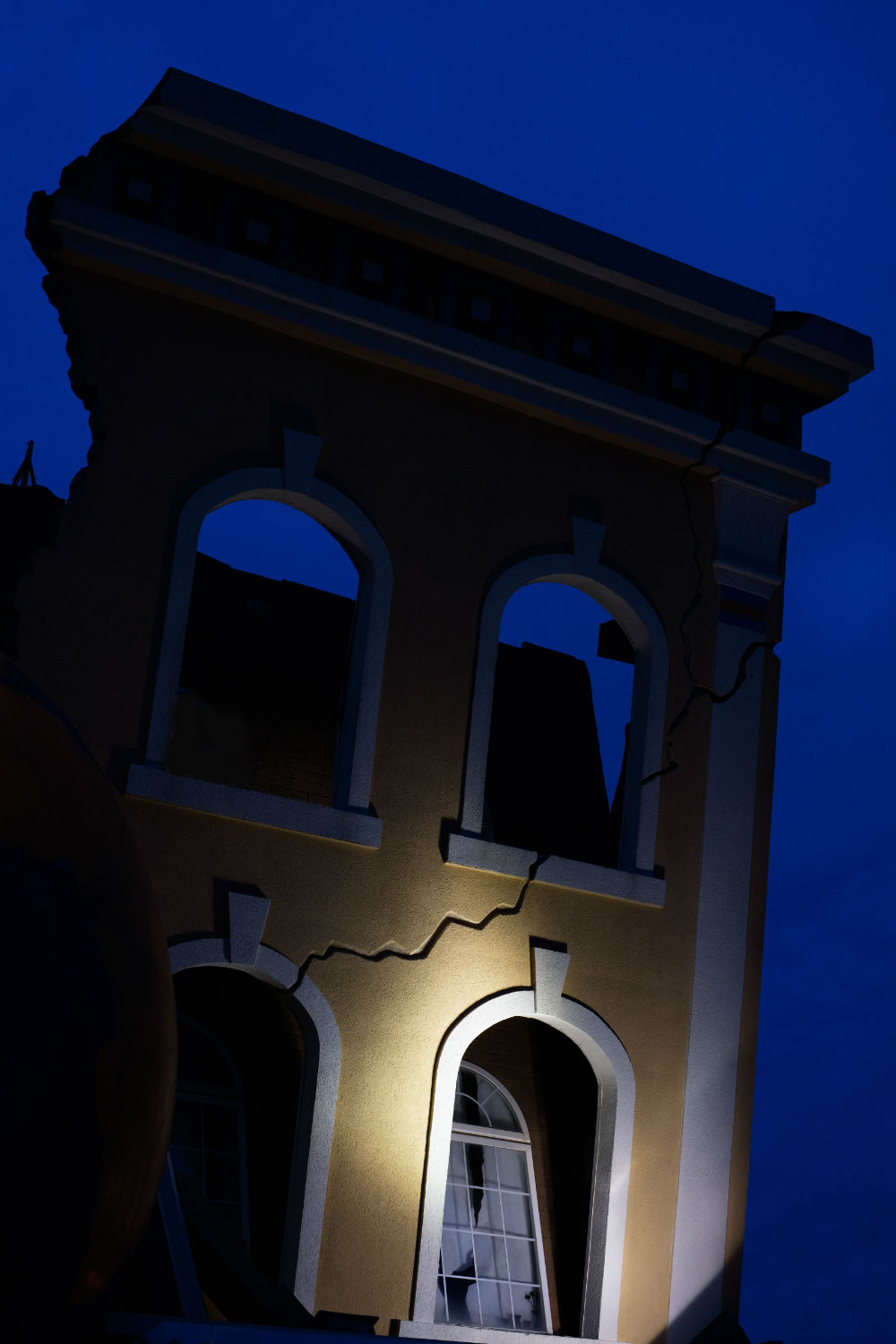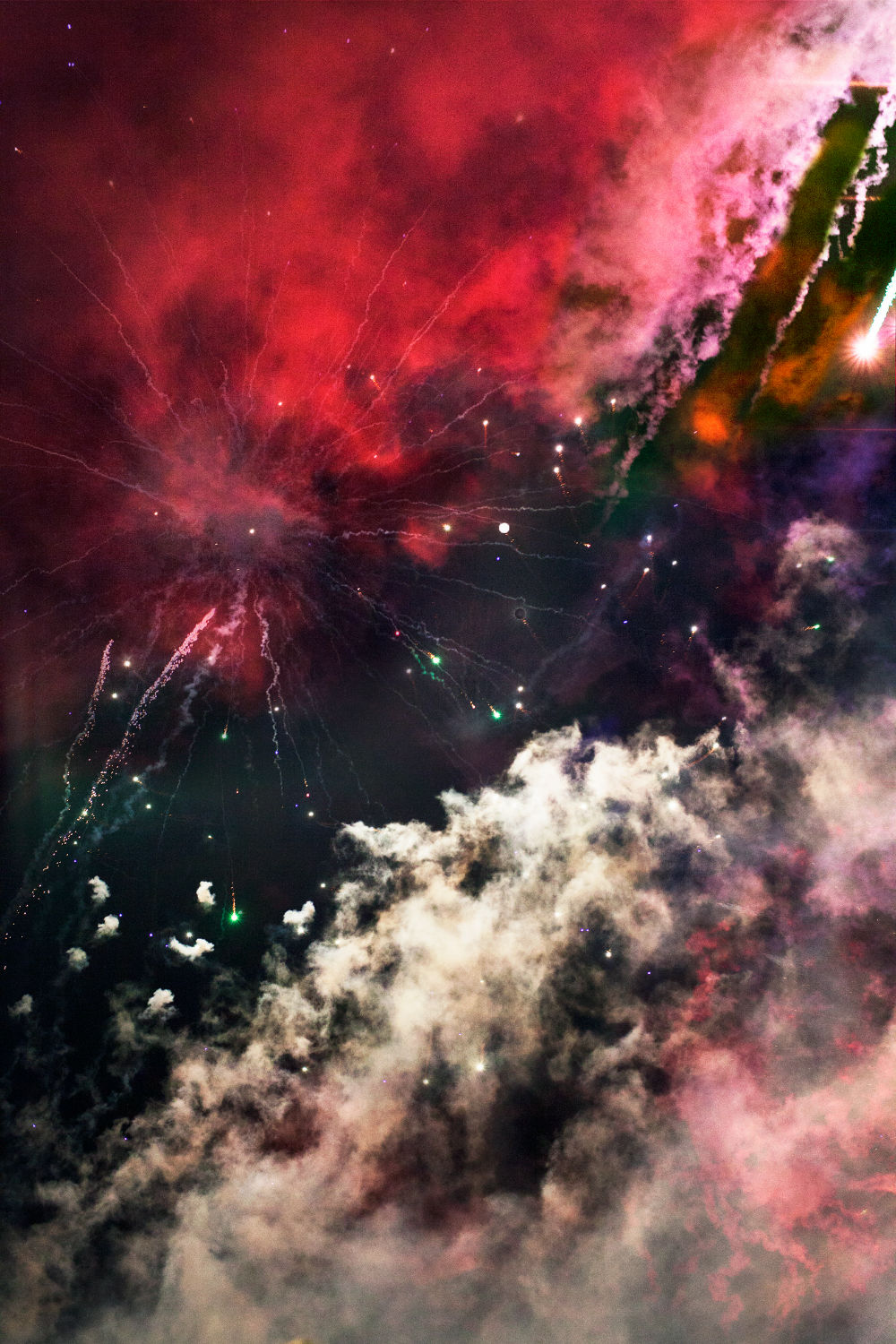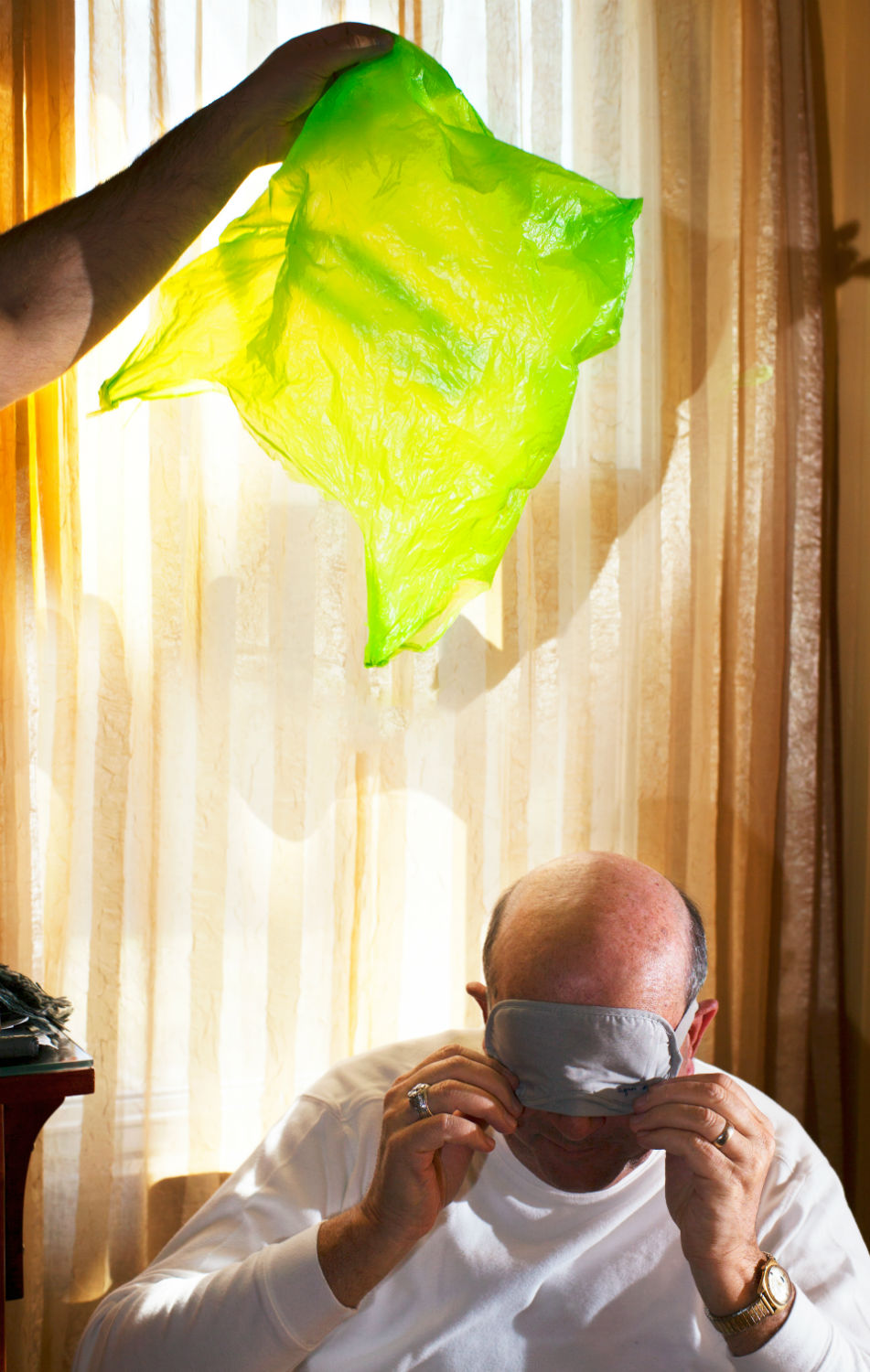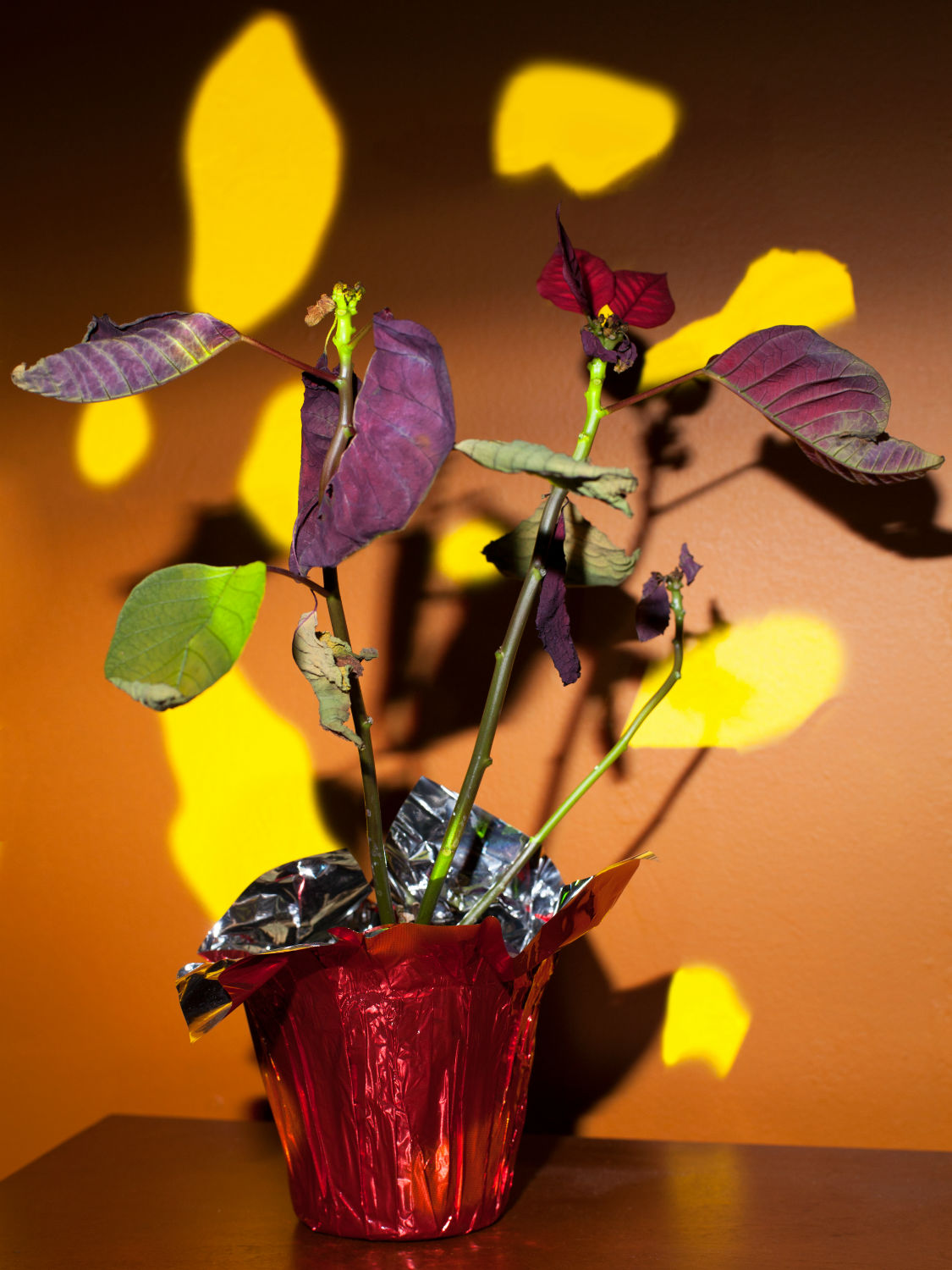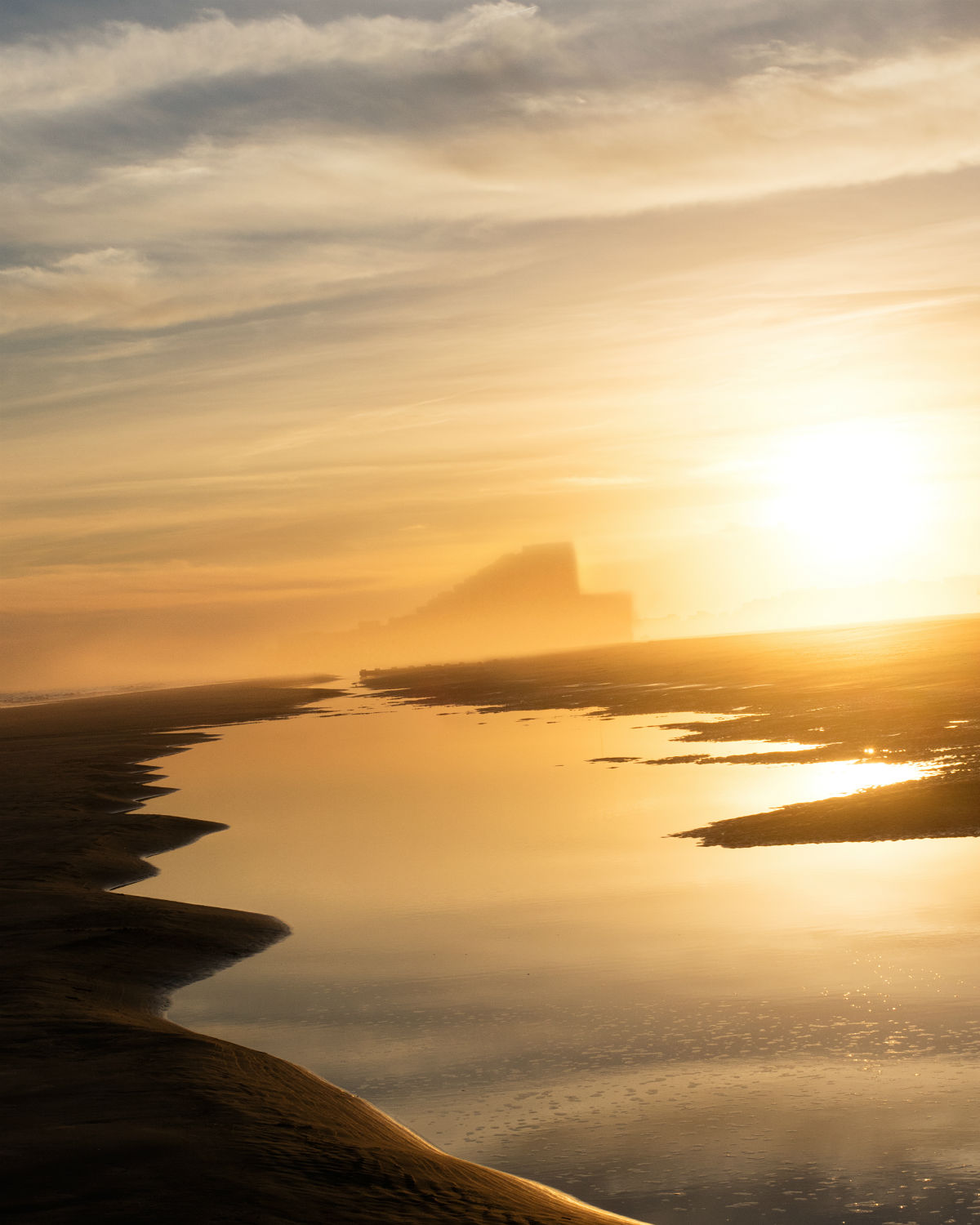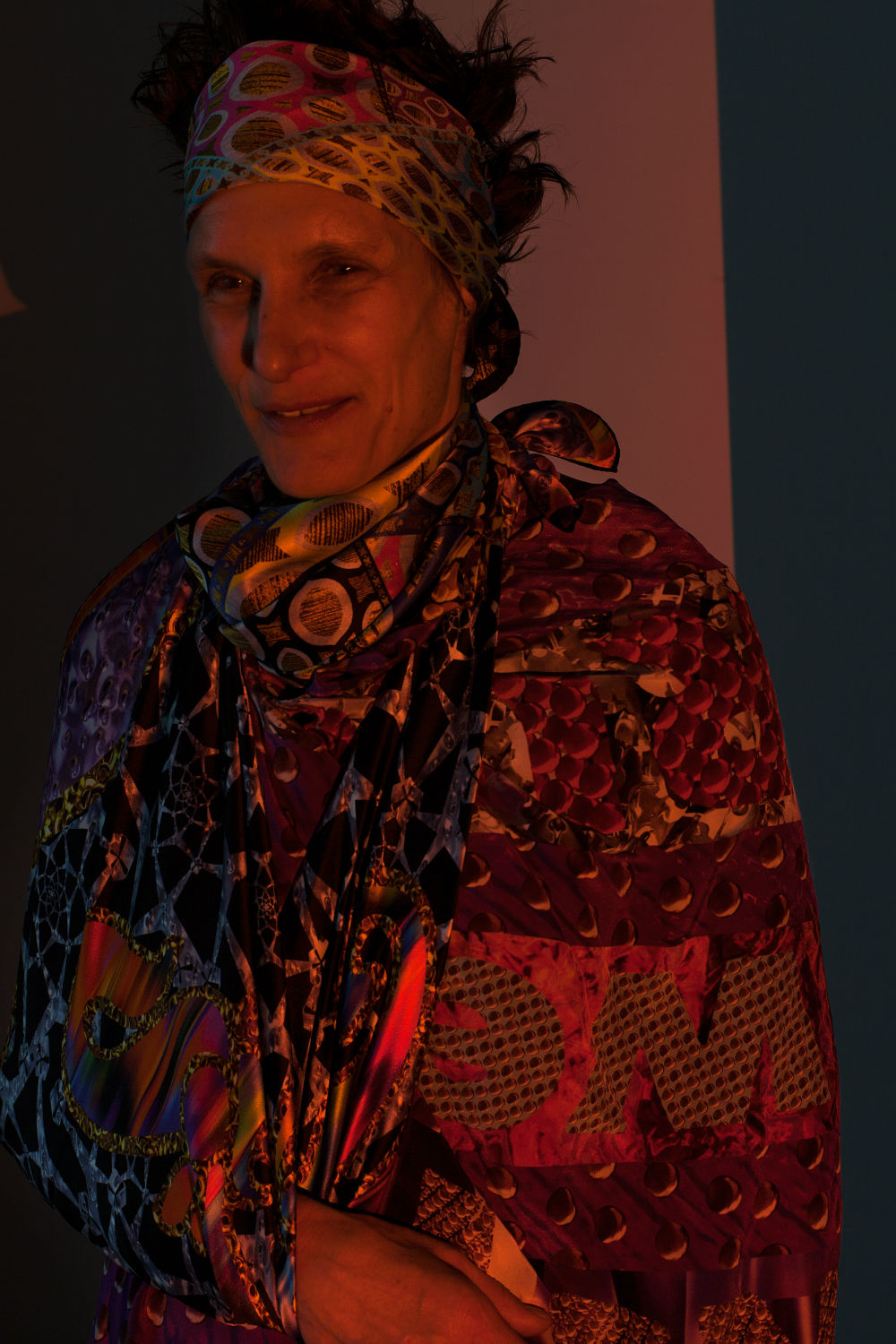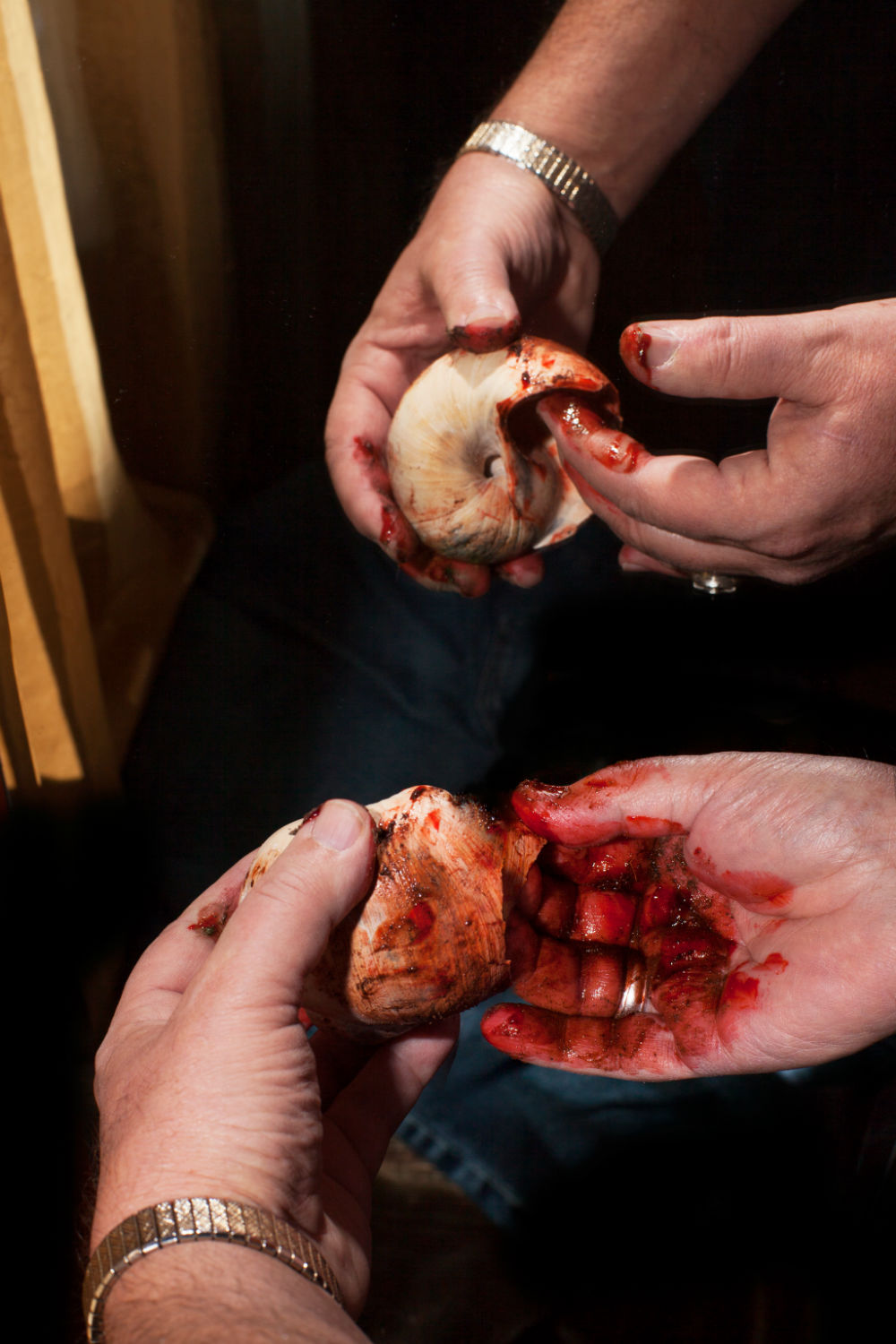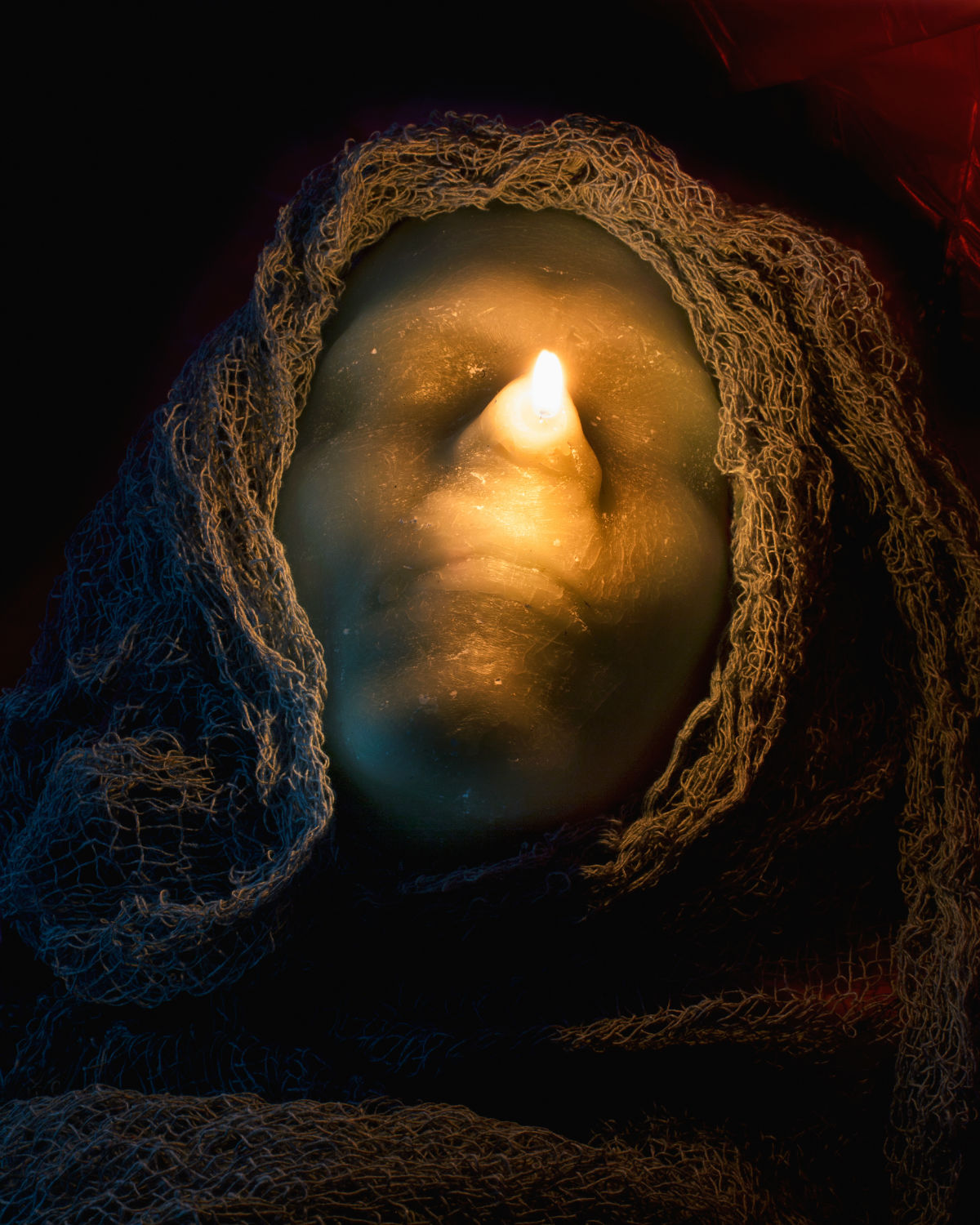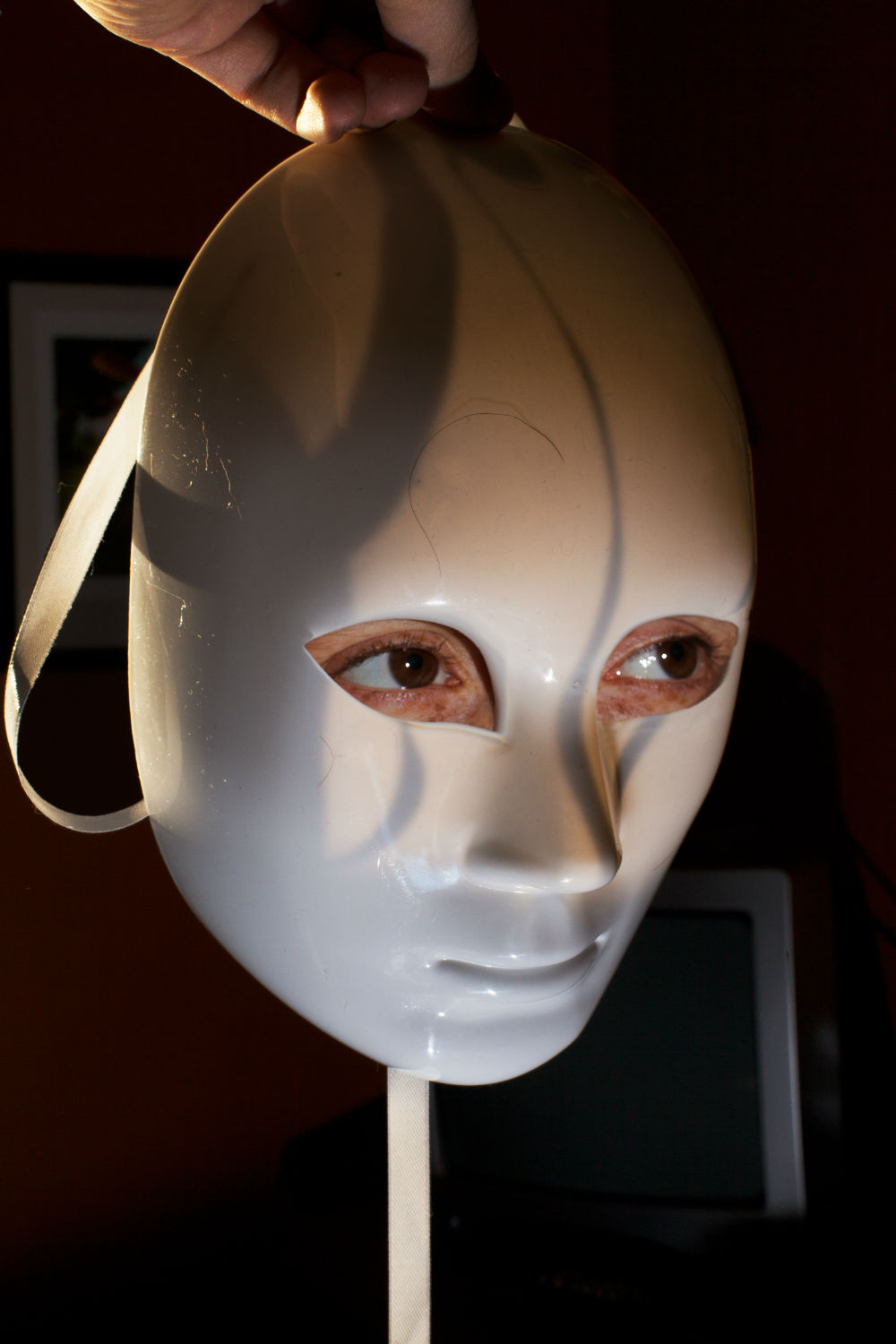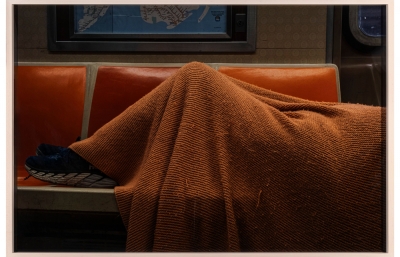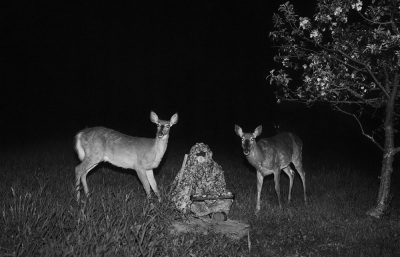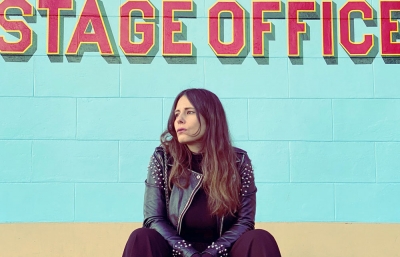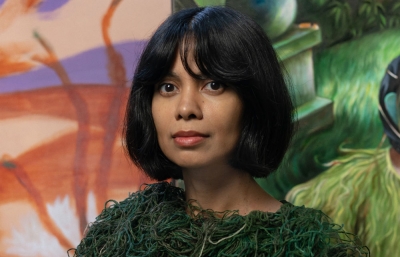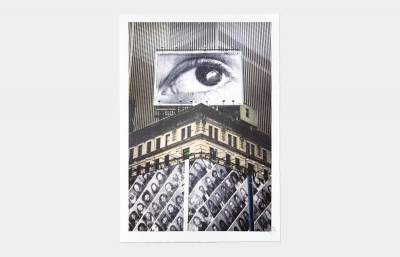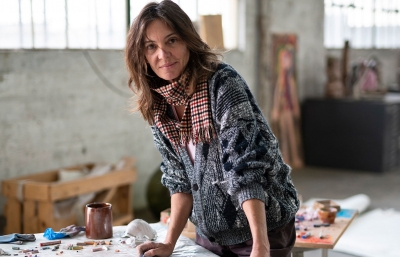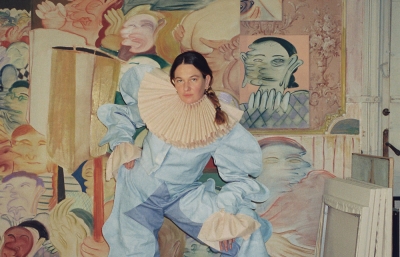What if Hurricane Sandy blew a hole into space and time, and that hole continued to get wider, skewing what we perceive as reality? People’s noses could unexplainably disappear, the light outside would make you feel as if you’re sitting in the bed of tanning booth in the middle of an afterhours party, and the sight looking in the mirror might result in alarming goosebumps.
With heavily influenced aesthetics resembling horror and sci-fi films, Michael Marcelle’s obscured narrative is often otherworldly, deeply intense and residing somewhere in the occult. But the uncanny familiarity, difficult to identify, begs the question, is that a digital manipulation or not?
Growing up on the coast of New Jersey, the infamous hurricane that ravaged the Northeastern seaboard triggered a turning point in the artist’s career. With little to do, virtually marooned at home as a result of Sandy, his lens focused on his own home life. His father, sister and mother, who is apparently camera shy, became recurring subjects whether they liked it or not, making all his work deeply personal. While a myriad of ideas and questions are examined throughout his work, nostalgia and mortality continually surface as focal points in his visually constructed world. Growing up with a darkroom in his basement and studying under the renowned photographers Stephen Shore and Tim Davis while at Bard, it’s not surprising that Marcelle has cultivated such a unique approach to a saturated medium. Others have also been taking notice, as his talent is requested for editorial commissions by The New Yorker, New York Times and Vice. —Austin McManus
Originally published in the September 2016 issue of Juxtapoz Magazine.
"Until about a year ago, I had been making work exclusively about my family, using my childhood house and hometown as an extension of my studio to make work about the fallout of Hurricane Sandy. I was interested in turning the devastation into a uncanny, alien world, referencing schlocky horror movies and the queer world-building of James Bidgood and Kenneth Anger.
Many of these photographs here are from a new series called Red Strawberry, which pulls away from a familial background and into a wider, more brutal perspective. Where the previous work was using a very specific language of horror, these photographs are more interested in the syntax of science-fiction, and more specifically, its visual limitations. Everything is too bright, too colorful, a cloying, hyper-ripe piece of fruit from another dimension.
Though still in its early stages, I keep imagining the work as something like a hallucination of a CGI rendering. It's both primitive and futuristic, maybe a depiction of the post-Sandy world in the previous photographs thousands of years in the future, or maybe a very vivid interpretation of the present." —Michael Marcelle

